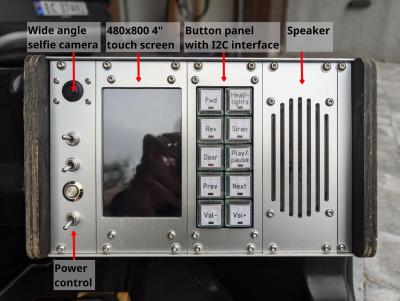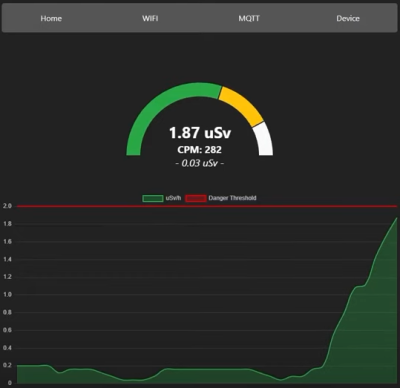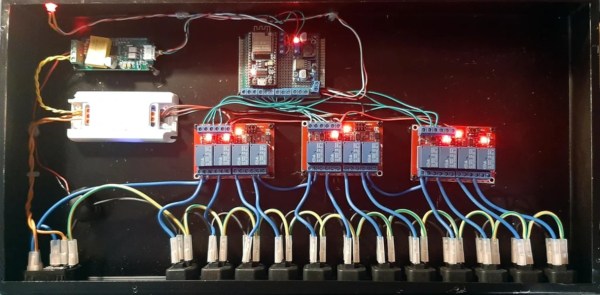Some things are more fun when there are more folks involved, and enjoying time in the pool is one of those activities. Knowing this, [Bert Wagner] started thinking of ways to best coordinate pool activities with his kids and their neighborhood friends. Out of this came the Splashflag, an IoT device built from the ground up that provides fun pool parties and a great learning experience along the way.
The USB-powered Splashflag is housed in a 3D-printed case, with a simple 2×16 LCD mounted on the front to display the notification. There’s also a small servo mounted to the rear that raises a 3D-printed flag when the notification comes in—drawing your attention to it a bit more than just text alone would. Hidden on the back is also a reset button: a long press factory-resets the device to connect to a different Wi-Fi network, and a quick press clears the notification to return the device to its resting state.
Inside is an ESP32-S3 that drives the servo and display and connects to the Wi-Fi. The ESP32 is set up with a captive portal, easing the device’s connection to a wireless network. The ESP32, once connected, joins an MQTT broker hosted by [Bert Wagner], allowing easy sending of notifications via the web app he made to quickly and easily send out invitations.
Thanks, [Bert Wagner], for sharing the process of building this fun, unique IoT device—be sure to read all the details on his website or check out the code and design files available over on his GitHub. Check out some of our other IoT projects if this project has you interested in making your own.
Continue reading “Splashflag: Raising The Flag On A Pool Party”



















